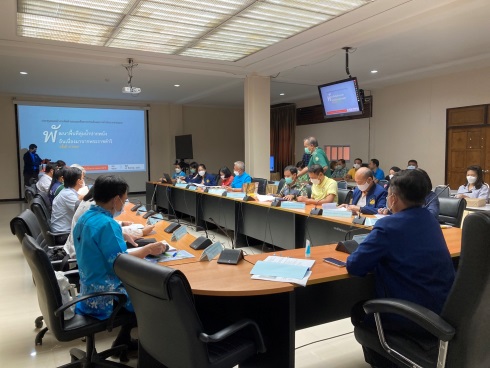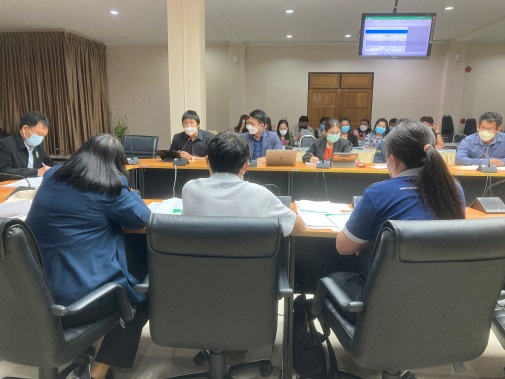Pak Phanang River Basin: Watershed Management strategy
The Pak Phanang River Basin is located in the southern part of Nakhon Si Thammarat Province where Walailak university is located. There are three contiguous topographic conditions in the area. The upper part of the basin is steep, and the lower part is lowland, which plays a pivotal role in four local ecosystems, namely the freshwater in the upper part, the sour water in the swamp, the brackish water in the middle of the basin, and the salt water at the estuary. The main river is the Pak Phanang River, approximately 156 kilometers long, flowing through the middle of the area upstream, midstream, and downstream from south to north. There are branch streams that are important sources of water in the upstream and midstream areas, such as Lama canal, Tham Phra canal, and Rak Mai canal.
Also, the branch rivers in the downstream area flow into the sea. The watershed area covers 665 villages in 77 sub-districts of 13 districts in 3 provinces, namely Nakhon Si Thammarat Province, Phatthalung Province, and Songkhla Province, with a total area of 2,293,684.57 rai.
Walailak University has continually developing and enhancing the ecosystems for the basin more than 10 years in this area (2013-2023). Several research projects were conducted in the basin . The objectives of projects were to maintain sustainably ecosystem and improve people likelihoods in the area. The university also cooperates with stakeholders in all involved sections, such as local residents, government organizations, and the private sector for development.
In 2022, The development of the Pak Phanang RIver Basin in the head watershed forest aims to issues, including the restoration, conservation, and management of upstream forest, the coexistence of humans and nature, Integrated Farming, building awareness through local resource reservation, building a conservation network, the equation of career enhancement and environmental development and research conduction on disaster management to prevent climate change.
In the midstream, the focus is on the restoration of the swamp, agroecology, urban ecology, ecosystem-based career enhancement, wildfire prevention, and so on. The downstream is sensitive due to the impacts of the tides. Thus, the university sets up a plan to restore mangrove ecosystems, coastal ecosystems, and woodland damaged by coastal erosion. These ecosystems are essential for local residents’ careers, e.g., fishing and careers relating to coastal resources. The role of geographic identification in fruit crops is also one of the most important issues in development.
In addition, WU has established partnerships with the ” Royal-initiated Pak Phanang River Basin Development” project, Nakhon SI Thammarat”.
The mission of the projects is to conserve all those systems and support the WU researchers appointed as subcommittees, which include:
- The Subcommittee on Basin and Environment Development under Royal Initiative
- The Subcommittee on Ecosystem-based Career Enhancement under the Royal Initiative
- The Subcommittee on Coordinating the Development of the Pak Phanang River Basin under the Royal Initiative




Goal 14: Life below water
Goal 4: Quality education
Goal 17: Partnerships for the Goals

